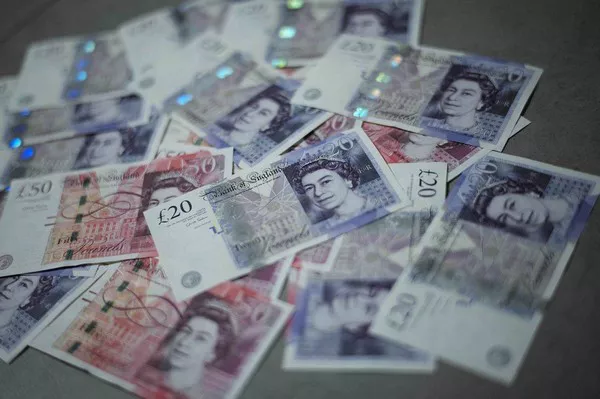The Pound Sterling (GBP) experiences a temporary respite in Friday’s European session following a negative close on Thursday. The GBP/USD pair faces potential challenges as higher monthly core Personal Consumption Expenditure Price Index (PCE) data for January from the United States dampens expectations of rate cuts by the Federal Reserve (Fed) during the June policy meeting.
January’s US monthly core inflation data reveals a 0.4% increase, compared to December’s revised down 0.1%, initially reported as 0.2%. This inflationary momentum contradicts the Fed’s objective of achieving a 2% inflation target.
However, a somewhat uncertain market sentiment continues to keep the Pound Sterling on edge. In the broader context, the GBP could gain support from expectations that the Bank of England (BoE) might initiate interest rate reductions after the Fed.
Investors anticipate potential interest rate cuts by the BoE and the Fed in August and June, respectively. This would narrow the policy divergence between the two central banks for a certain period. If the BoE maintains a relatively hawkish stance for an extended duration compared to other central banks, the Pound Sterling might attract higher foreign inflows.
In today’s trading session, market participants will closely watch the UK’s S&P Global/CIPS Manufacturing PMI and the US ISM Manufacturing PMI for February. The UK Manufacturing PMI is forecasted to remain steady at 47.1, while the US Manufacturing PMI is expected to rise to 49.5 from January’s 49.1, providing additional insights into the economic landscape.


